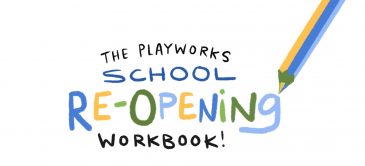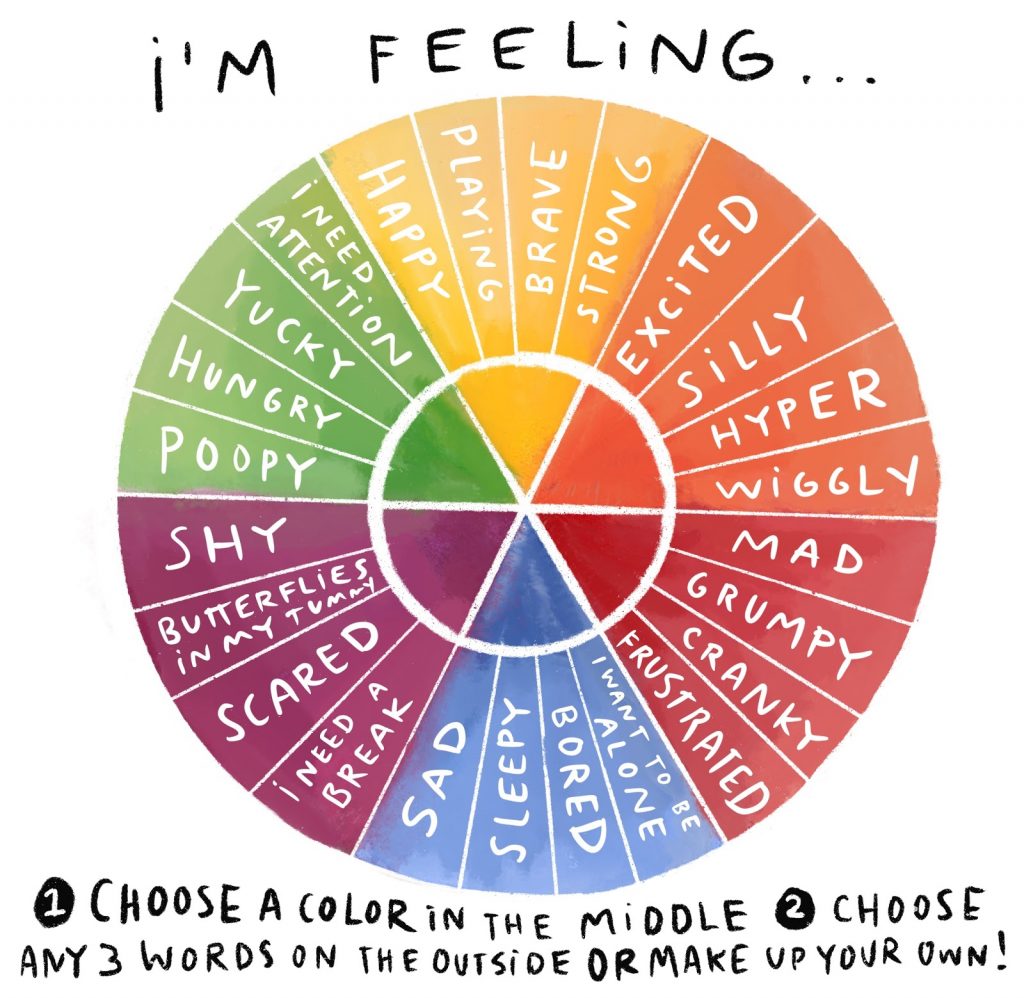
This is a moment of unprecedented transition for the United States–and for the world more broadly. Reopening schools requires decisions based on incomplete information that must be made in an environment that, at best, would be described as uncertain. But while it might seem unlikely, our oldest form of connection, play, may be one of our best hopes for helping us to navigate this uncertainty. Play has everything to teach us about managing risks, generating new possibilities, dealing with the unexpected, and wrestling with ambiguity. To this end, Playworks recently released our free School Re-Opening Workbook.
Back in the very early days of Playworks, we had a partnership with a program called Seneca Center. Seneca, now called the Seneca Family of Agencies, runs an amazing program for kids with mental health issues. When we were working with them in the 1990s, we had a staff person named Justin Robinson–he went by JRo–who was placed at one of their schools with the assignment of modifying our recess program to fit within the Seneca model. The most memorable thing about this partnership occurred at one of our staff meetings when JRo explained how the faculty at Seneca handled transitions. According to his Seneca co-workers, things were most likely to break down during transitions and thus deserved special attention. Their team had established a whole protocol around preparing the students before leaving the classroom for recess, reviewing what they were about to do and all the steps involved, mindfully making their way through space to the playground, then circling up to acknowledge that they had arrived, and to preview what was coming next. Then at the end of every recess, the students would circle back up to provide some closure and to review the transition back into the classroom, going through all the steps and calling out ways they would need to adjust their behaviors, modulating their voices and energy levels as they went back inside.
It all seems blindingly obvious from the vantage point of two decades later, but those shared lessons have become integral to our understanding at Playworks of how best to set kids up for success with transitions and change. We believe that these shared lessons have a critical application for this moment as well. As students and school staff are returning to school, it is essential that we intentionally create environments in which people feel a sense of choice, voice, and transparency. Communicating–and even over-communicating–will be essential to ensuring that everyone has an understanding of what is happening and why. Preparing students, staff, and families for transitions—from remote to in-person, within hybrid structures, or from in-person to remote, should that be necessary—will be essential to creating the basic sense of safety and belonging that is a prerequisite to learning. This will be especially true for the youngest learners and their families, for whom the disruption is likely to be most profound.
At Playworks schools, we empower kids to come up with new rules to modify games or new ideas for transitions in inclusive, fun, safe ways; this often leads to them feeling safe and wanting to engage peers. Using this lens, educators can empower kids to translate the constraints of COVID-19 into rules for school. Ultimately, the decisions where students need to have the most input–and where even the youngest students are best prepared to contribute—are around the questions of how we want school to feel. Engaging students in this way will encourage them to explore their own feelings while learning about their classmates’ feelings. This approach promotes the development of empathy, and enables a shift from seeing rules as the domain of “have to” into the more empowering framing of “get to.”

The Workbook features activities to support the co-creation of rules and rituals that support this type of learning environment, from assumption storming to creating a classroom charter. The Feelings Wheel is a great place to start building empathy and understanding. Ask students to choose a color that reminds them of how they are feeling and encourage them to choose any three words on the outside of the wheel, or to make up three words that better describe how they are feeling. It can help if a grown-up goes first. This is also a great activity for students to do at home with their families, asking others about how they are feeling.
The pandemic and the chaos it has created for our kids and communities is more than any of us could have predicted. Yet, we have the power to choose how we respond. We have the power to use what we already know—that kids and the way they connect socially with each other and with the adults in their lives really matters for their learning and well-being—to design a school experience that isn’t just waiting for this all to be over, but rather, makes the most of what we each have to offer right now.
 Jill Vialet is the Founder of Playworks, Co-Founder of MOCHA, Substantial, and Workswell, the author of Recess Rules, and co-author of the forthcoming Substantial: Redesigning the Substitute Teaching Experience from Jossey-Bass. Playworks has just released the School Re-Opening Workbook, which is available now.
Jill Vialet is the Founder of Playworks, Co-Founder of MOCHA, Substantial, and Workswell, the author of Recess Rules, and co-author of the forthcoming Substantial: Redesigning the Substitute Teaching Experience from Jossey-Bass. Playworks has just released the School Re-Opening Workbook, which is available now.


